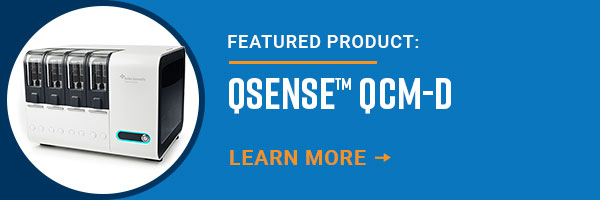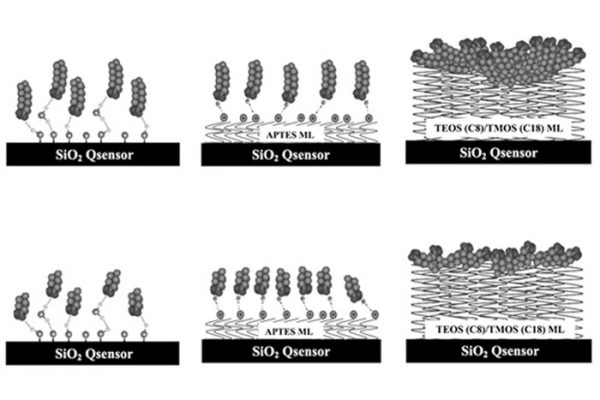Monoclonal antibodies (mAbs) are widely used in the pharmaceutical and biotechnology industries due to their high target affinity and specificity. Successful therapeutic mAb candidates must exhibit optimal manufacturability, stability, and delivery characteristics, collectively known as developability metrics. However, protein self-association and poor solution behavior continue to be major developability challenges, leading to high viscosity, opalescence, and instability, particularly in high-concentration antibody formulations. Early-stage identification of mAbs with favorable solution behavior is critical to mitigating these risks before clinical development. While several methods exist to study self-association, many rely on complex measurements that are not always feasible under relevant experimental conditions. Therefore, there is a need for relevant, robust, and predictive methods to assess mAb self-association. This study proposes the novel application of quartz crystal microbalance with dissipation monitoring (QCMD) as a self-association metric to address this gap, by analyzing the unexplored loosely bound layer (LBL) and its correlation with protein self-association and solution behavior.
This webinar will go through how QCM-D can effectively measure self-association through LBL and predict solution behavior in mAbs. The method offers an alternative to kD-DLS, making it a valuable tool for developability assessments in therapeutic protein formulations.







